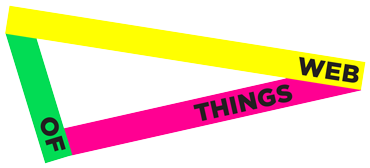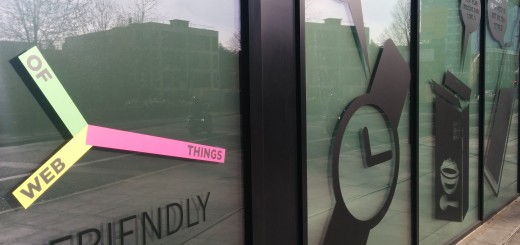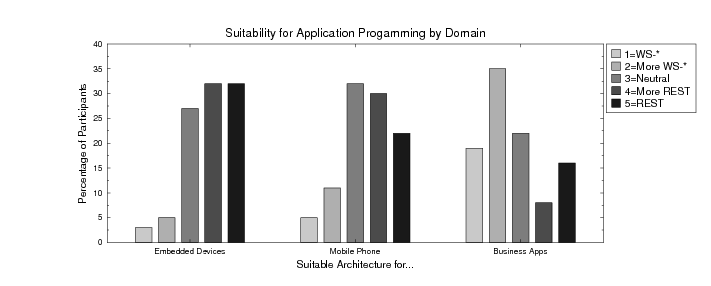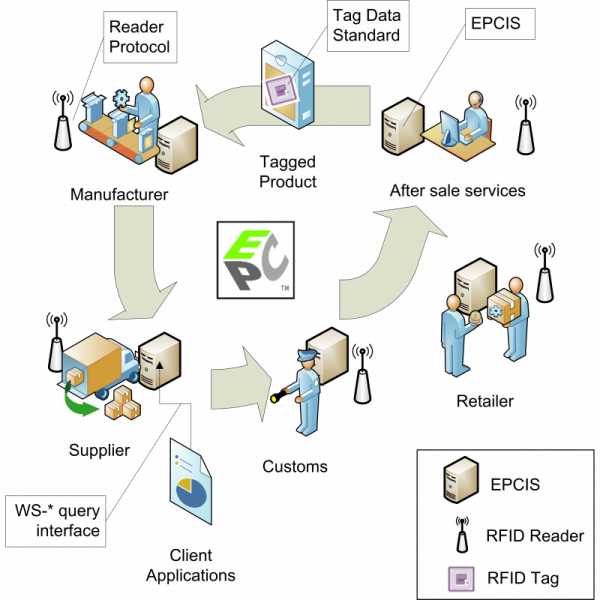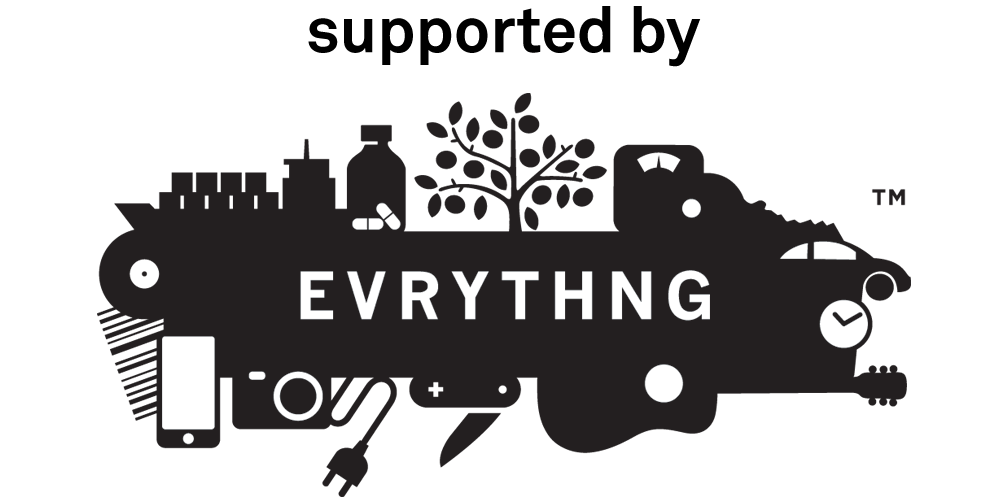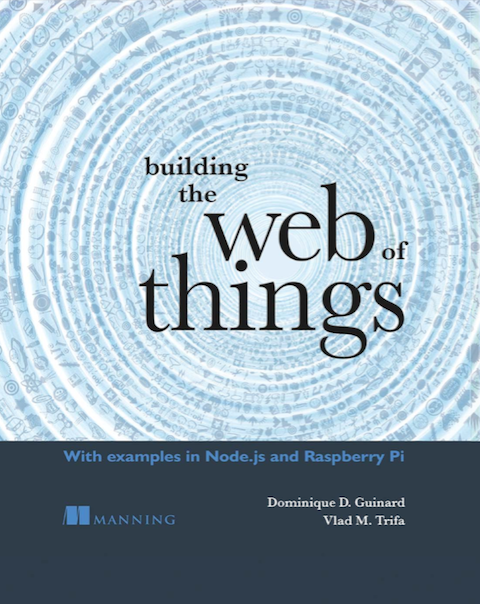First WoT W3C Interest Group Face to Face Meeting
Note: although this is a summary of the ideas and discussions I was involved in at the WoT W3C IG meeting these are my views and they may not necessarily reflect the views of the W3C WoT IG. A couple of weeks ago we had the chance to participate to the first face to face meeting of the W3C WoT (Web of Things) Interest Group (IG). We were reporting a little while back about the foundation of this group which was officially kicked off recently with a first face 2 face meeting that took place in Munich. This group is...
